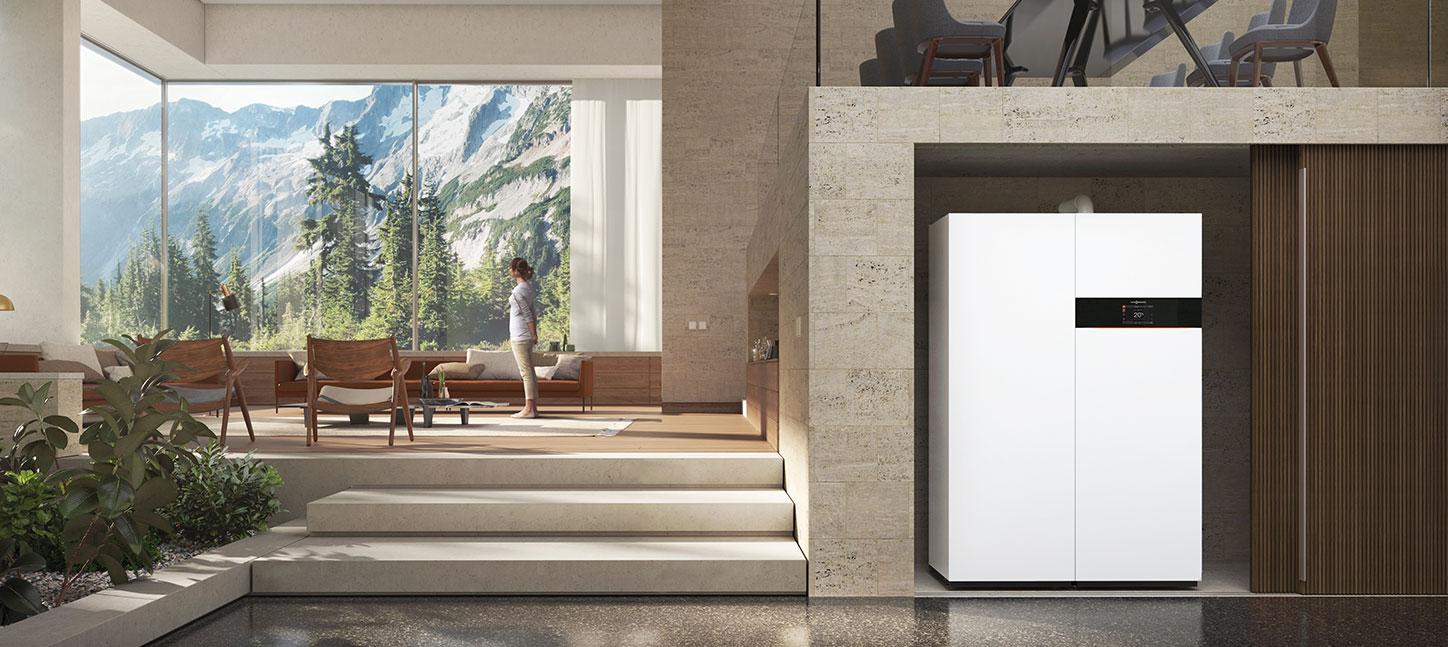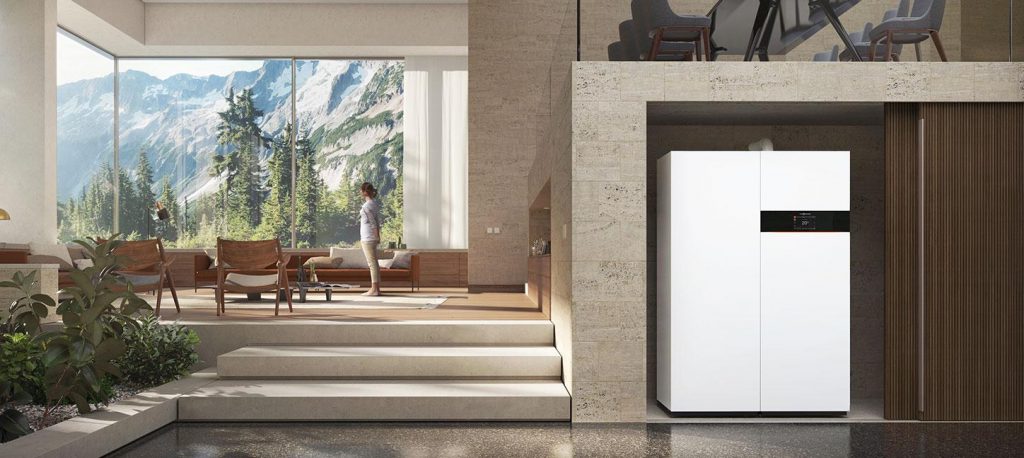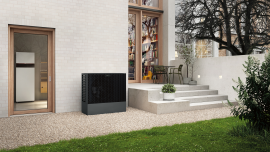
Hydrogen boilers: how they work and whether you need one
Many of us are aware that the amount of carbon dioxide that’s being produced across the world is having an impact on the temperature of our planet.
As home heating accounts for a large percentage of your home’s carbon footprint, the government is looking at alternative ways you can heat your home that are more environmentally friendly.
Hydrogen is a low-carbon alternative that will have a positive impact on the CO2 emissions. It’s a much cleaner gas that can be manufactured from water using electricity. When this electricity is generated from renewable sources, the hydrogen is 100 percent emissions-free.
While heat pumps are a great alternative to gas boilers that run using electricity, it’s nice to have choices, and a hydrogen boiler is another option for domestic heating. Below, we reveal what a hydrogen boiler is, as well as how it works (with a handy animation).
What is a hydrogen boiler?
A hydrogen boiler does what it says – it is a boiler that burns hydrogen as opposed to natural gas (or methane). These appliances work in a very similar way to natural gas boilers, by burning the gas via combustion, which in turn creates hot flue gases that can be used to heat water. This hot water can be stored for later use and pumped around your radiators to warm up your home.
As hydrogen is a thinner gas than methane, some parts of the boiler may differ slightly, including the flame detector and the burner (which we look at in more detail further down the page) but they work in much the same way as your current boiler.
Hydrogen boilers shouldn’t be confused with boilers that use hydrogen fuel cells to work or with hydrogen-ready boilers, as these are different types of systems.

Fuel cells require hydrogen in order to create electricity. Instead of relying on combustion to create heat, it’s a chemical reaction that can generate both heat and electricity. Fuel cells, therefore, are generally combined heat and power (CHP) systems or MCHP, as the heat can be used to warm the home and the electricity to power devices. This makes these kinds of systems super efficient.
What is a hydrogen-ready boiler?
In contrast to both a hydrogen boiler and a boiler that uses hydrogen fuel cells, a hydrogen-ready boiler (20% blend) is an appliance that has the ability to burn both natural gas and hydrogen. This means that when the gas network is able and ready to switch from methane to hydrogen, you won’t need to replace your gas boiler. The viability of this approach is still under early research and development; however it is expected to be one of the many methods of supporting overall decarbonisation. Solutions are being looked at to also see how currently qualified heating engineers may be able to support converting products which have been developed with this in mind.
When hydrogen can eventually be introduced into the gas network, it’s likely that it will be phased in, rather than switching from all natural gas to all hydrogen. The HyDeploy programme currently being run at Keele University is testing the effects of using a blend of hydrogen and natural gas. With 20 percent hydrogen and 80 percent natural gas, no alterations would need to be made to the majority of boilers, so the change could come in almost instantly. Their current aim is to achieve this by 2025.
How do hydrogen-ready boilers work and when will they be available?
Currently, there are no 100 per cent hydrogen boilers available, as this technology is yet to be developed, however a few of the large boiler manufacturers have created prototypes.
1: Oxygen and hydrogen enter the boiler
Firstly, oxygen and hydrogen enter the main boiler unit. The hydrogen will come from the main gas supply when this is an option and the oxygen will come from the air. The gas inlet contains a valve that controls how much of each gas can enter the boiler. This is important as the amount of gas can impact the size of the flame.
2: The gases are mixed and burned
The hydrogen and oxygen gases are mixed together before being ignited in a catalytic burner. Hydrogen is more flammable than natural gas and so the burners on hydrogen boilers are specially designed so that the flames can be limited if too much gas is flowing through. A flame detection component is also required in a hydrogen-only boiler as hydrogen flames are invisible.
3: The hot gases enter the heat exchanger
Hot flue gases created by combustion enter the heat exchanger. The heat exchanger is made up of a series of pipes, which the hot gas travels through. Surrounding these pipes is cold water. As the hot gas moves through the pipes, it heats the surrounding water that can then be used in your heating system or supplied to your hot taps.
4: Byproducts exit the system
The only byproduct of burning hydrogen and oxygen is water, and so a condensate is required for this water to escape the system. The hot flue gases (hydrogen and oxygen) can also exit the system via the flue along with some NOx emissions as a result of hydrogen combustion.
The hydrogen boiler continues to pull in more hydrogen and oxygen so that this whole process can be repeated again and again.
Will gas boilers be replaced by hydrogen?
With the government’s ban on gas boilers in new build properties from 2025, heat pumps and hydrogen boilers could be the way forward. But currently, there isn’t a working boiler that can use 100% hydrogen.





